Every rifle on your computer: how modern smart rifle sights work
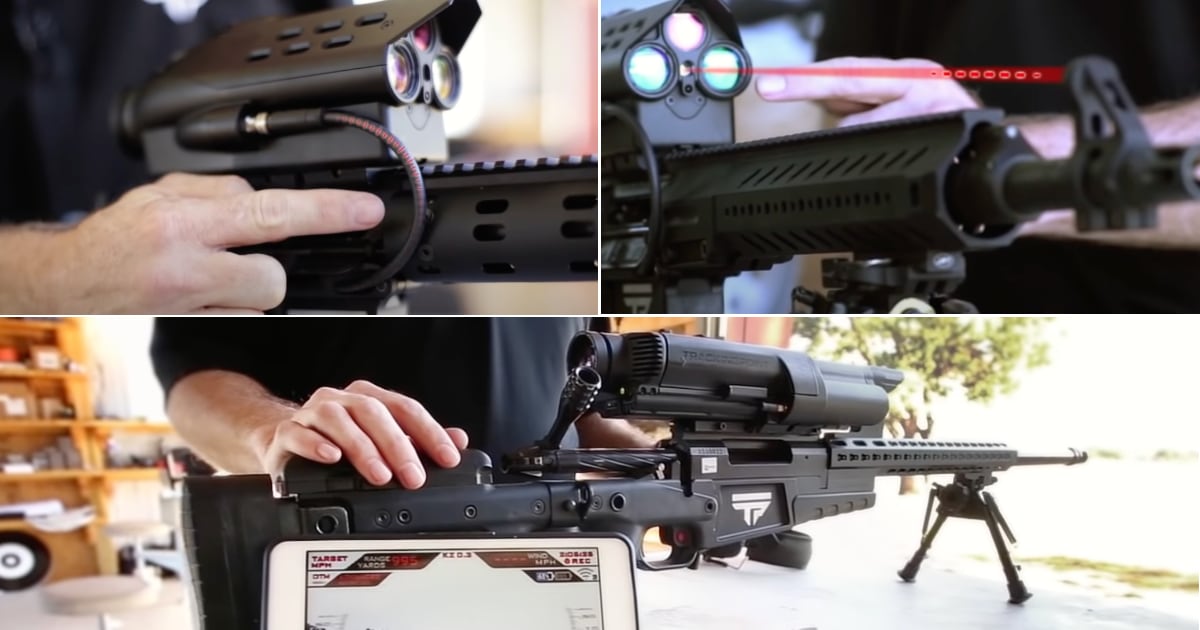
The so-called "smart" sights for small arms have existed for a long time. However, they have long remained niche accessories for rich gunsmiths, or as prototypes. Now a lot of "firearms" will get opportunities that we have seen for decades only in films about the future.
What is a ballistic calculator and what is the world's first computer
We know that neither a bullet nor a projectile flies in a straight line - immediately after leaving the barrel they are affected by a lot of factors, the main of which is gravity. And the further the bullet flies, the more factors influence where it will hit.
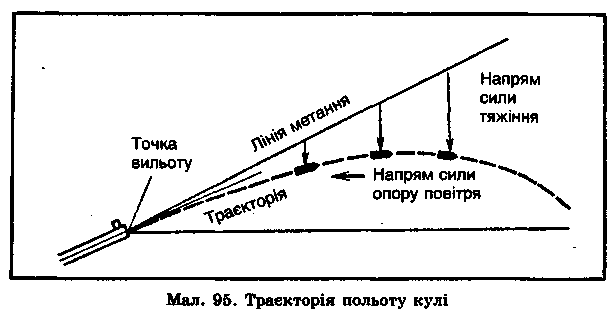
Primitive image of the flight path of the ball
To make it easier to train shooters and gunners, ballistic tables were created, which could be used to roughly calculate the deviations from the effects of atmospheric phenomena and more. A whole science was born - ballistics. And so these scientists began to look for tools to facilitate their work.
In the middle of the last century, ENIAC (Electronic Numerical Integrator and Computer) was created - the world's first programmable computer. A huge thing occupied the area of a small house (167 square meters) and weighed 30 tons. All that this computer could do was calculate the ballistic tables of the military.

ENIAC and its programmers
Some time passed, and such a computer, which calculates the point where the bullet will hit, began to fit into a small sight on a soldier's rifle.
Prehistory
You may have heard of Tracking Point (it was bought in 2018 Talon Precision Optics ), which produces computerized sights for rifles. I will not talk much about them - the main thing you need to know - these sights are equipped with a variety of sensors and a ballistic calculator, which significantly improves the accuracy of shooting even the first time to take up arms.
Tracking Point sights promo video for 2014:
For many years it was almost the only company that produces such weapon accessories. However, time passed, and many manufacturers began to present computerized sights with various additions. Someone mounted shot counters and screens in the weapon. Someone was making a connection with a gun and a smart watch. Some implanted chips under their skin so that their weapons would only fire from his hands.
All of these were "pen samples" and mostly goods for geeks. However, a quiet revolution took place earlier this year, with the US military announcing the winners of the NGSW and NGSW-FC tenders.
American Revolution
If NGSW (Next Generation Squad Weapon ) - conditionally just a new rifle (and machine gun) for the American infantry, then NGSW-FC (Next Generation Squad Weapon - Fire Control) - a really interesting thing. This is the so-called "smart" sight for new weapons, equipped with a bunch of interesting features. First, it has a variable multiplicity. This means that aiming with it will be equally convenient for both short and long distances. It has a built-in laser rangefinder, which in conjunction with a ballistic calculator adjusts the aiming point depending on the distance to the target. Also, this sight has atmospheric sensors that allow it to automatically make adjustments for more accurate shooting.
Most importantly - the sight has a wireless module for image transmission. In this way, the image will be transmitted, for example, to the "smart" glasses of the shooter. This opens up opportunities for shooting from a shelter - chair after wall, and to hit the enemy just put the weapon around the corner. In turn, this will reduce combat losses and reduce ammunition consumption. After all, one shot is one hit.
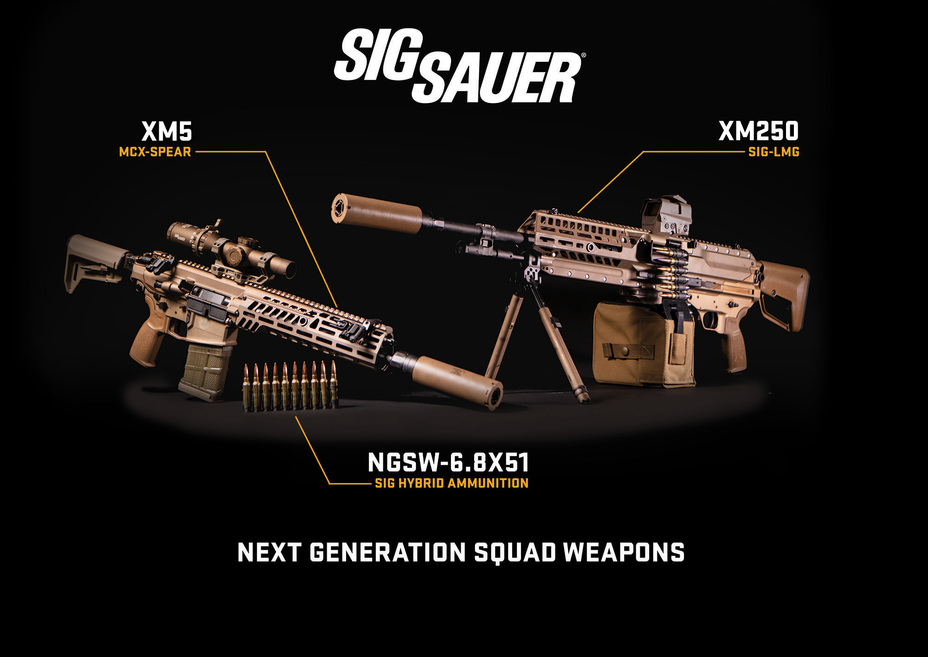
XM5 rifle and XM250 machine gun
By the way, the company won the tender for NGSW Sig Sauer with a rifle MCX-SPEAR XM5 and a machine gun SIG-LMG XM250. The winner in NGSW-FC was the company Vortex Optics with sight XM157.
One of the key features of the XM157 is that the sight will remain a sight under all conditions. If most of these developments have a display that requires power, then in the development of Vortex additional information is superimposed in the form of augmented reality on what the arrow sees in the optics. Therefore, you can use it even if you do not replace the battery (CR123A) in time.
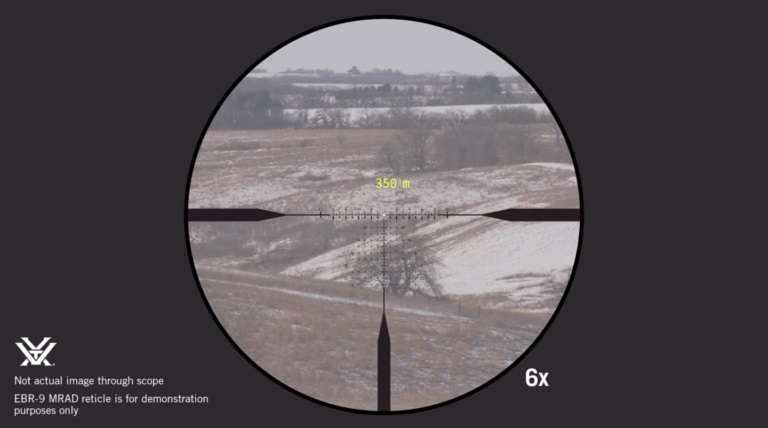
What is aiming through Vortex XM157
How a "smart" sight works and looks
However, the above possibilities are far from complete. A new sight for an American infantryman can do much more. For example, a shooter can spot targets, share them with others, receive clues on targets from fellows, or reconnaissance equipment. We are unlikely to get a complete list of opportunities, even when these sights come into service en masse. However, even what has already been announced is impressive.
A few details about this sight from the manufacturer
If we add to this the information that the US Army will equip its fighters with IVAS (Integrated Visual Augmentation System) - adapted for the military Microsoft HoloLens, then an ordinary US Army infantryman will rub the nose of the most elite units of the enemy.

IVAS system testing
After all, he will see well day and night, fog or smoke will not be an obstacle, the soldiers will navigate the battlefield thanks to the clues on the screen in front of his eyes, and to destroy the enemy he will not even have to leave the shelter.
Not just Americans
As it was a tender, in addition to Vortex, other manufacturers also took part in it. They have also developed computerized sights in an all-in-one format and, of course, will offer them to other armies, or bring them to the civilian market. In addition, Europeans and Asians will also want to arm their armies with small arms with "smart" sights. Therefore, the range of computerized sights and their capabilities will grow exponentially.
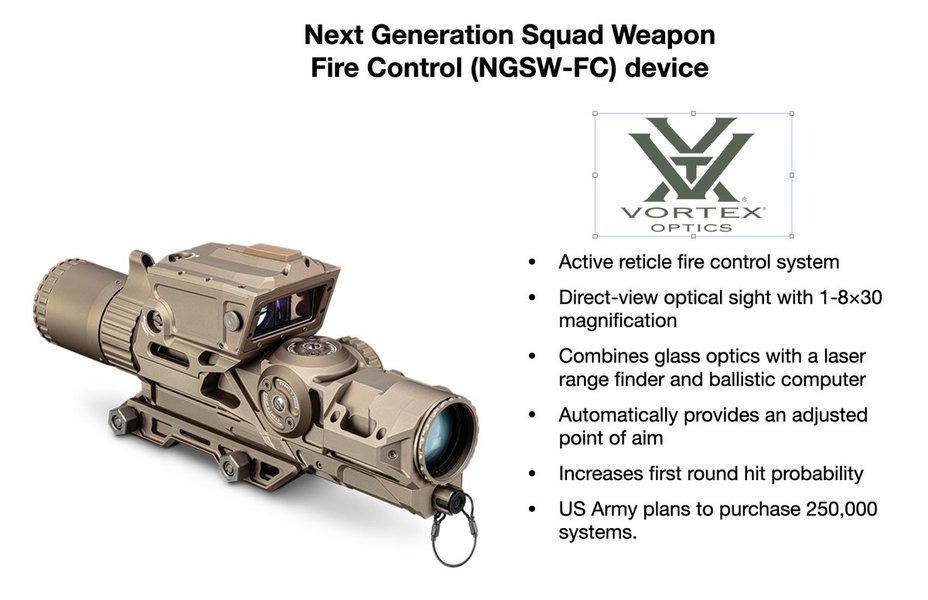
Sight Vortex XM157
Questions of time and price
Already in this decade, the world's leading armies will master weapons with a computer in sight, while others will stretch this process for years. However, in the civilian market, such accessories will be available to anyone soon enough, and competition will reduce prices to relatively acceptable.
For those who want to know more
- What are they fighting in the world now: modern assault rifles (machine guns)
- Unsurpassed weapons: Ukrainian kamikaze drones (loitering munition) ST-35 Grom and RAM
- Kamikaze drones Switchblade: what kind of weapon is it and what is it capable of (video)
- Not only Excalibur: the history of precision-guided munitions for 155 mm guns from the M712 Copperhead to the M1156 PGK and what they can give the Armed Forces
- Why is there so much talk about the MLRS M270 and M142 HIMARS? We understand why they are important, what missiles are used and how they can change the course of the war
